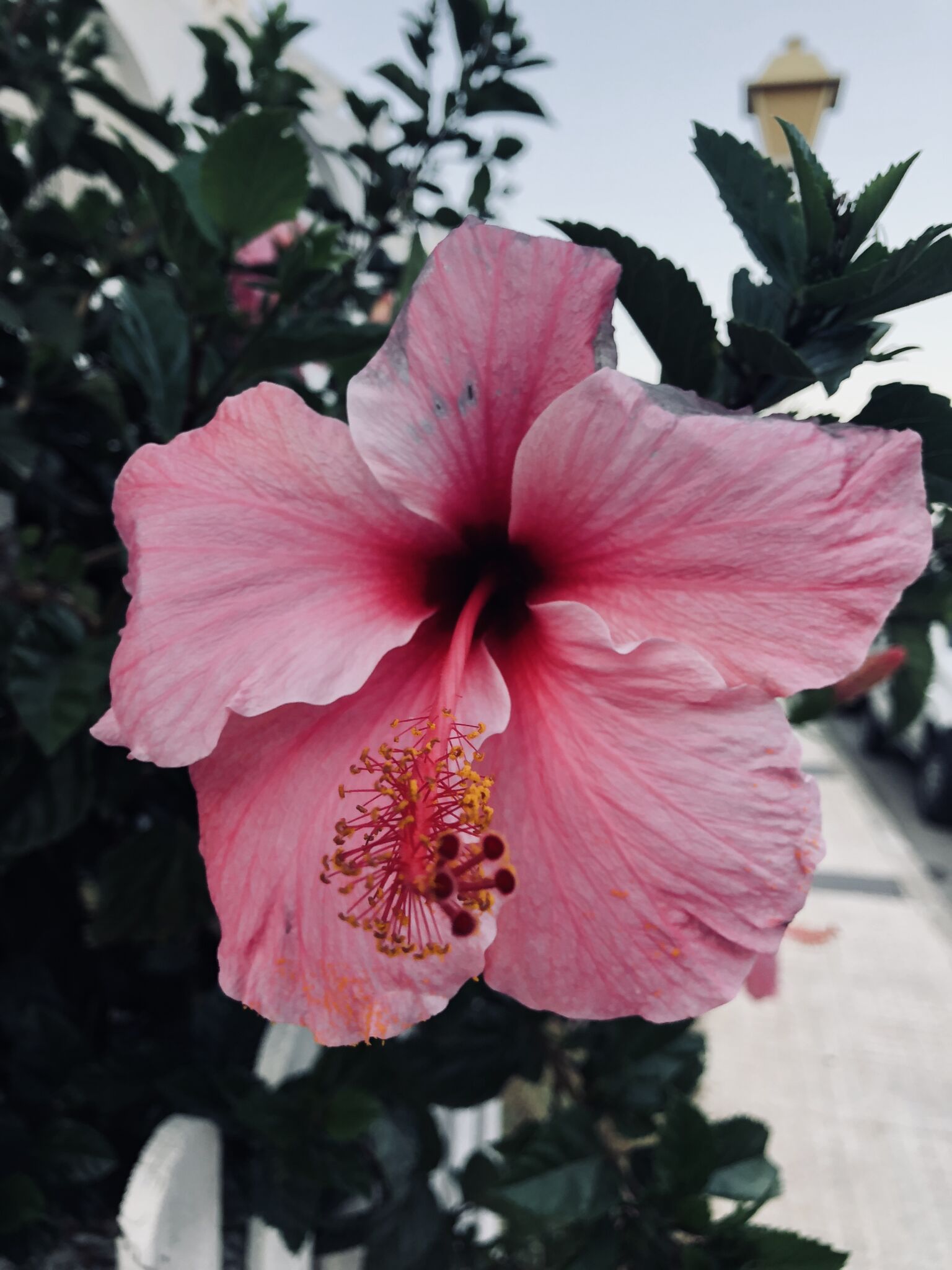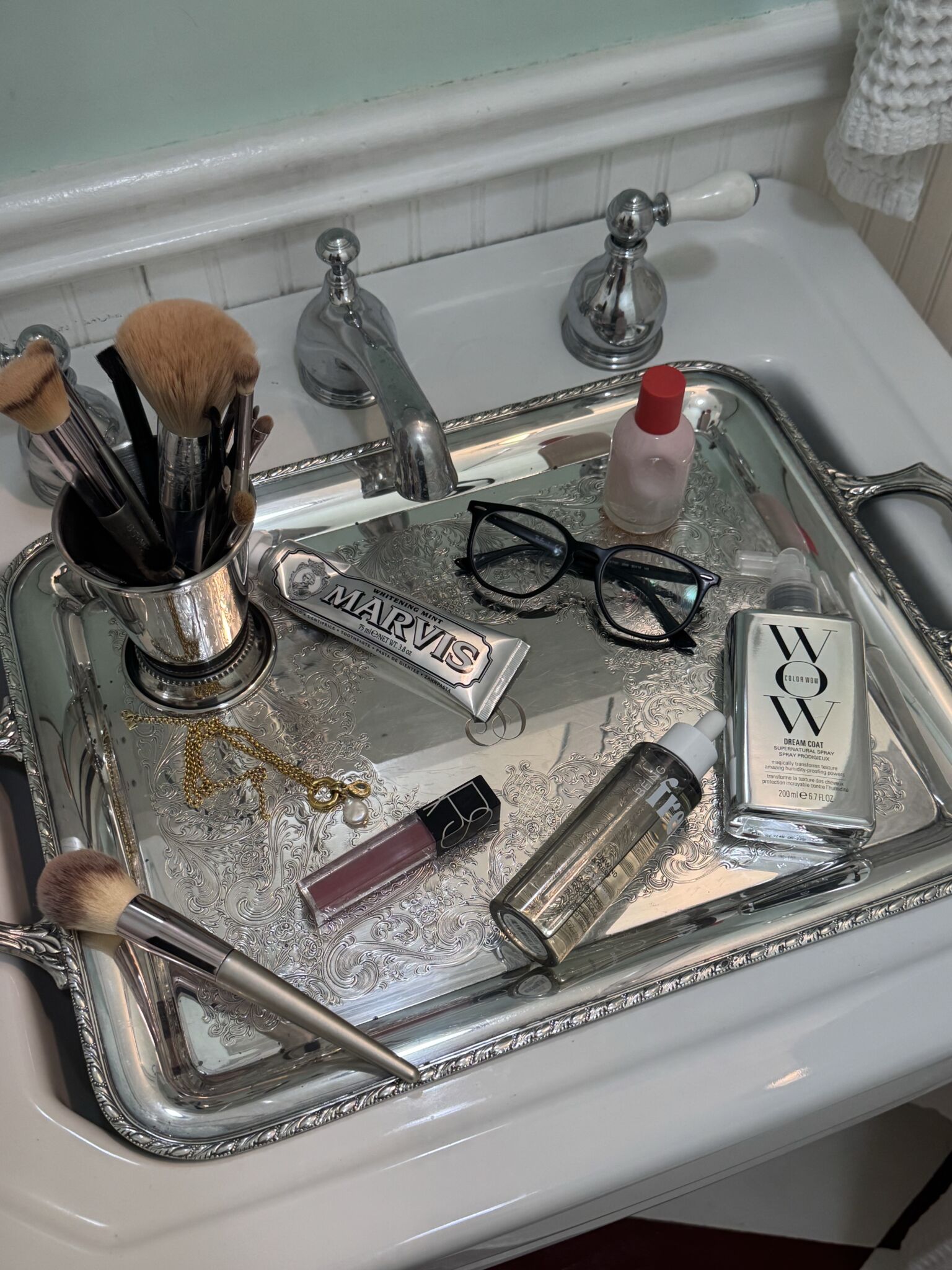Finding your inner character
Jungian archetypes

There exist ancient prototypes, eternal models upon which our inner world and cultural myths are built. They originate from the Greek word "archetype" – "arche" (beginning) and "typos" (imprint, pattern).
The first concept of archetypes appeared as early as in Plato – in his “Theory of Ideas,” perfect and unchanging forms. But we owe the modern meaning to Swiss psychiatrist Carl Gustav Jung. According to his theory, archetypes are universal images and behavior patterns that reside in the collective unconscious. They are like inner characters or roles through which we live our lives. Each archetype reflects fundamental human drives – for love, power, freedom, and knowledge.
Today, as more and more people turn to psychology, seek answers within themselves, and rethink traditional roles, archetypes become a powerful tool for self-understanding. They help us better recognize our strengths and understand why we respond to the world the way we do.
From childhood, we absorb stories, roles, and examples, which gradually form our leading archetype. This archetype becomes our foundation, influencing how we love, build careers, make friends, rest, and dream. Each person can recognize themselves in one or several archetypes, but it is important to remember that archetypes can and should be revealed, developed, and awakened, depending on the stage of life, goals, and context. This allows every woman to be multifaceted.
Jung described the key structural archetypes that shape our psychic reality as follows:
The shadow – everything repressed and “inconvenient” within us: fears, envy, aggression. Things we often deny, but which hold great power over us.
Anima and Animus – our inner feminine and masculine aspects. In women, it is the unconscious masculine image (Animus); in men – the feminine (Anima).
The persona – the mask we wear to "be acceptable" to the world. It is a social image that often does not coincide with our deep essence.
In addition, Jung identified essential archetypal images that form myths, dreams, art, and, of course, our behavior:
- The mother – symbol of unconditional love, care, and the beginning of life;
- The father – archetype of order, structure, discipline;
- The hero – overcoming, struggle, the journey toward a goal through hardships;
- The sage – source of knowledge, intuition, and inner vision;
- The trickster – provocateur, rule-breaker, opening new paths.

To understand which archetypes are active within you, pay attention to your everyday roles, reactions, and desires. What drives you in the moment: the urge to nurture, inspire, control, or rebel? In which areas of life do you feel empowered, and where do you feel stuck? An active archetype gives energy, inspiration, and a sense that you are "in your place," while a suppressed one manifests in fears, inner conflict, or imposed roles. Listen to yourself, observe your idols, and analyze your own stories.
Archetypes are one of the most effective tools of self-knowledge, a way of working with the unconscious, and a metaphor through which we can better understand ourselves. They are used in therapy, art practices, storytelling, and even in advertising and branding. It is important to remember: archetypes are infinite. They are both images and life scenarios and situations. They define how we perceive the world, what we pay attention to, and how we react.


